PMTCT Risk Calculator
This calculator estimates the risk of mother-to-child HIV transmission based on key factors. For the most accurate assessment, consult your healthcare provider.
Note: Modern ART can reduce transmission risk to less than 1% when started early and maintained consistently.
Recommended Actions
Consult your healthcare provider for personalized guidance. Early treatment and adherence to ART can reduce transmission risk to less than 1%.
When we talk about AIDS is an advanced stage of HIV infection that weakens the immune system, making everyday illnesses potentially deadly. For Women living with HIV are those who have contracted the Human Immunodeficiency Virus and are navigating both the medical and social realities of the disease, the journey looks very different from a man’s experience. In this article we’ll unpack the specific hurdles women face and explore practical, evidence‑based ways to overcome them.
Biology Meets Society: Why Women Experience HIV Differently
Biologically, women are more susceptible to HIV during vaginal intercourse because the lining of the vagina provides a larger surface area for the virus to cross. Hormonal fluctuations during menstruation can also affect immune response, making infection more likely at certain times of the month.
But the numbers reveal the bigger story: according to UNAIDS, women account for more than half of the 38 million people living with HIV worldwide, and in sub‑Saharan Africa they represent nearly 60 percent of new infections. The disparity isn’t just a medical issue-it’s a reflection of gender norms, power imbalances, and economic realities.
Key Challenges Women Confront
Below is a concise look at the most common obstacles:
| Challenge | Targeted Solution |
|---|---|
| Stigma and discrimination | Community‑led education campaigns that feature female role models |
| Limited access to gender‑sensitive care | Integrated sexual and reproductive health (SRH) clinics |
| Gender‑based violence (GBV) | Safe‑space counseling and legal assistance programs |
| Economic dependency | Micro‑finance initiatives tied to health milestones |
| Mother‑to‑child transmission | PMTCT (Prevention of Mother‑to‑Child Transmission) protocols with early ART |
| Lack of tailored information | Women‑focused digital health platforms |
Each row pairs a barrier with a concrete response that has been tested in real‑world settings.
Stigma and Discrimination: Turning Fear Into Acceptance
Stigma is a silent killer. Women who hide their status often miss appointments, skip medication, and avoid disclosing their condition to partners. A 2023 study in South Africa found that women who participated in peer‑support groups were 45 % more likely to adhere to antiretroviral therapy (ART) than those without such support.
Solution: Community‑driven storytelling. When local women share their journeys-through radio, podcasts, or community theatre-neighbors start seeing HIV as a manageable health condition rather than a moral judgment.
Gender‑Based Violence: Safety as a Health Priority
GBV compounds health risks. Women forced into unsafe sexual encounters cannot negotiate condom use, increasing exposure to HIV. Moreover, the stress of violence weakens immune function, accelerating disease progression.
Solution: Integrate GBV screening into every HIV clinic visit. Clinics that partner with local NGOs to provide immediate shelter, legal counsel, and trauma‑informed counseling have reported a 30 % drop in missed ART appointments among survivors.
Economic Barriers: Money Matters for Medication
Even where ART is free, indirect costs-transport, childcare, lost wages-keep women from consistent treatment. In rural Malawi, women who earned a modest income from agricultural cooperatives were twice as likely to stay virally suppressed.
Solution: Conditional cash transfers linked to clinic attendance. Programs that give a small stipend after each confirmed dose improve adherence and empower women to invest in nutrition and schooling for their children.
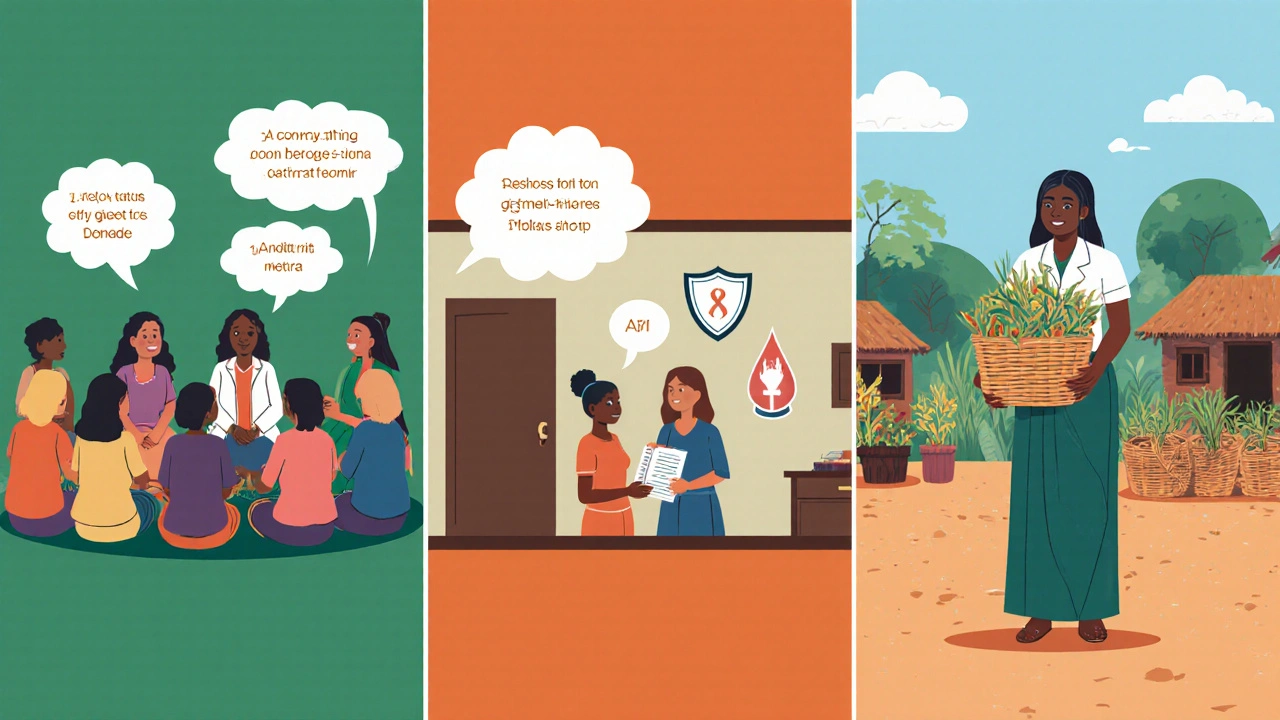
Maternal Health and Mother‑to‑Child Transmission
Pregnancy is a double‑edged sword. While ART dramatically reduces the chance of passing HIV to a baby-from about 25 % without treatment to less than 1 % with proper care-the reality is that many women still lack timely access to these drugs.
Solution: Fast‑track PMTCT services. In Rwanda, a “one‑stop‑shop” model that combines prenatal care, ART initiation, and infant testing in a single visit cut transmission rates to 0.4 % within three years.
Tailored Antiretroviral Therapy (ART): One Size Does Not Fit All
Women experience side‑effects-like weight gain or menstrual irregularities-differently from men. A 2022 meta‑analysis showed that women on efavirenz‑based regimens reported higher rates of neuropsychiatric symptoms than men.
Solution: Gender‑specific regimen selection. Clinics that offer a menu of ART options, including integrase‑strand‑transfer inhibitors (INSTIs) which have fewer hormonal interactions, see better adherence and lower dropout rates.
Pre‑Exposure Prophylaxis (PrEP) for Women at Risk
While PrEP is hailed as a breakthrough, uptake among women remains low. Cultural hesitance, lack of awareness, and fear of side‑effects stall progress.
Solution: Female‑focused PrEP delivery through family planning services. In Kenya, integrating PrEP counseling into contraceptive visits raised uptake among women aged 18‑34 from 12 % to 48 %.
Real‑World Success Stories
- Durban, South Africa: A city‑wide initiative called “SheCares” deployed mobile clinics that offered same‑day ART, GBV counseling, and micro‑loan applications. Within two years, viral suppression among enrolled women rose from 58 % to 85 %.
- Rwanda: The “Mama‑Safe” program merged antenatal care with rapid HIV testing and immediate ART. Zero new pediatric infections were recorded in 2024, a first for the nation.
- Brazil: Community health agents visited households to deliver ART packets and monitor adherence via SMS check‑ins. Women reported a 70 % reduction in missed doses.
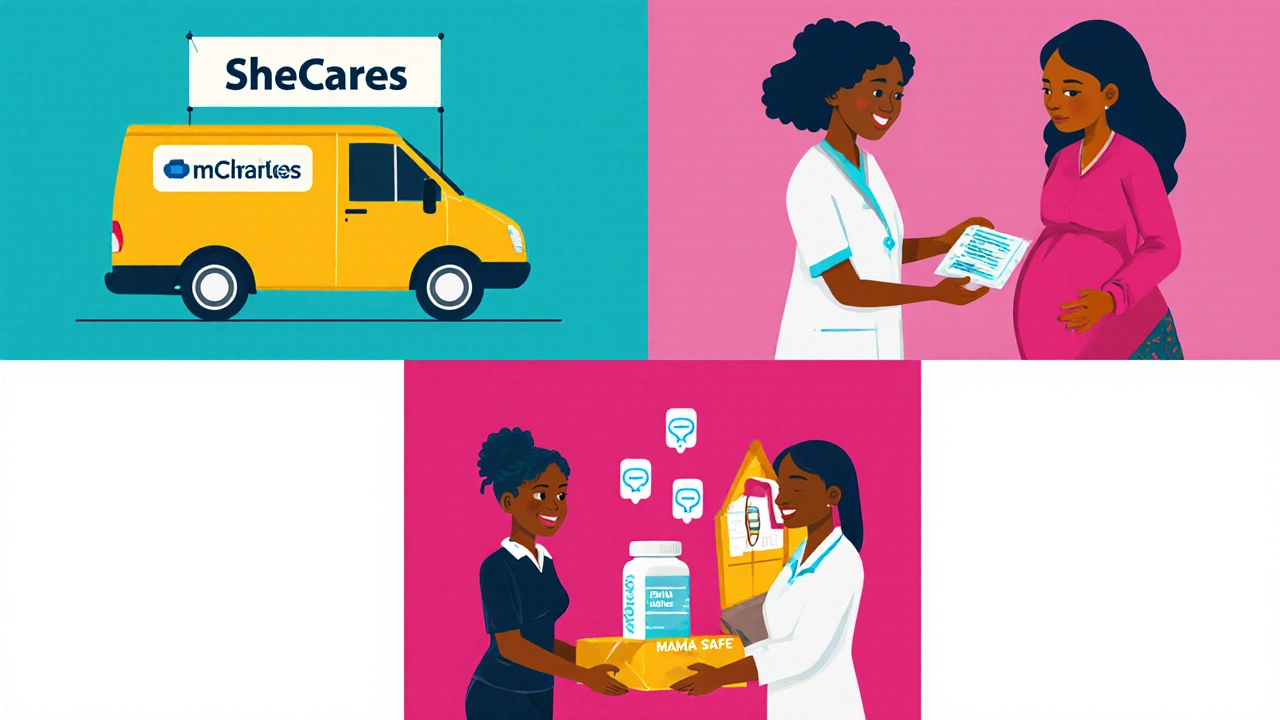
Action Checklist for Women Living with HIV
- Schedule quarterly check‑ups that include viral load testing.
- Ask your provider about gender‑friendly ART options-especially INSTIs.
- Enroll in a local support group; peer encouragement boosts adherence.
- If you’re pregnant, start PMTCT services before the 12‑week mark.
- Consider PrEP if you have an HIV‑negative partner.
- Explore micro‑finance or skills‑training programs to lessen economic pressure.
- Know your rights-report any form of gender‑based violence to trusted NGOs.
How Friends, Family, and Communities Can Help
Support isn’t just medical. Simple acts-like offering childcare during clinic visits, listening without judgment, or advocating for local policy changes-make a huge difference. Communities that rally around women with AIDS see lower infection rates, higher treatment adherence, and stronger social cohesion.
Frequently Asked Questions
Can women with AIDS lead normal lives?
Yes. With consistent ART, regular health checks, and supportive social networks, many women achieve viral suppression and enjoy healthy pregnancies, careers, and family life.
What makes HIV transmission risk higher for women?
The vaginal mucosa provides a larger surface area for the virus, and hormonal cycles can affect immune defenses. Social factors like unequal power in relationships also limit condom negotiation.
Is ART safe during pregnancy?
Modern ART regimens are considered safe and are essential for preventing mother‑to‑child transmission. Doctors usually start treatment as early as possible, often in the first trimester.
How can I find a women‑focused support group?
Check with local clinics, NGOs, or online platforms like the Global Fund’s “Women’s Health Hub.” Many groups meet virtually, making it easier to join from any location.
What financial aid exists for women needing ART?
In many countries, national health services provide ART for free. Additional programs-such as conditional cash transfers, micro‑loans, or food vouchers-are offered by NGOs and government agencies to offset indirect costs.
Next Steps
If you or someone you know is navigating AIDS as a woman, start by locating the nearest integrated SRH clinic. Bring a trusted friend or family member for moral support, ask about gender‑specific ART options, and explore community resources that address stigma and economic empowerment. Small, consistent actions add up to lasting health and dignity.
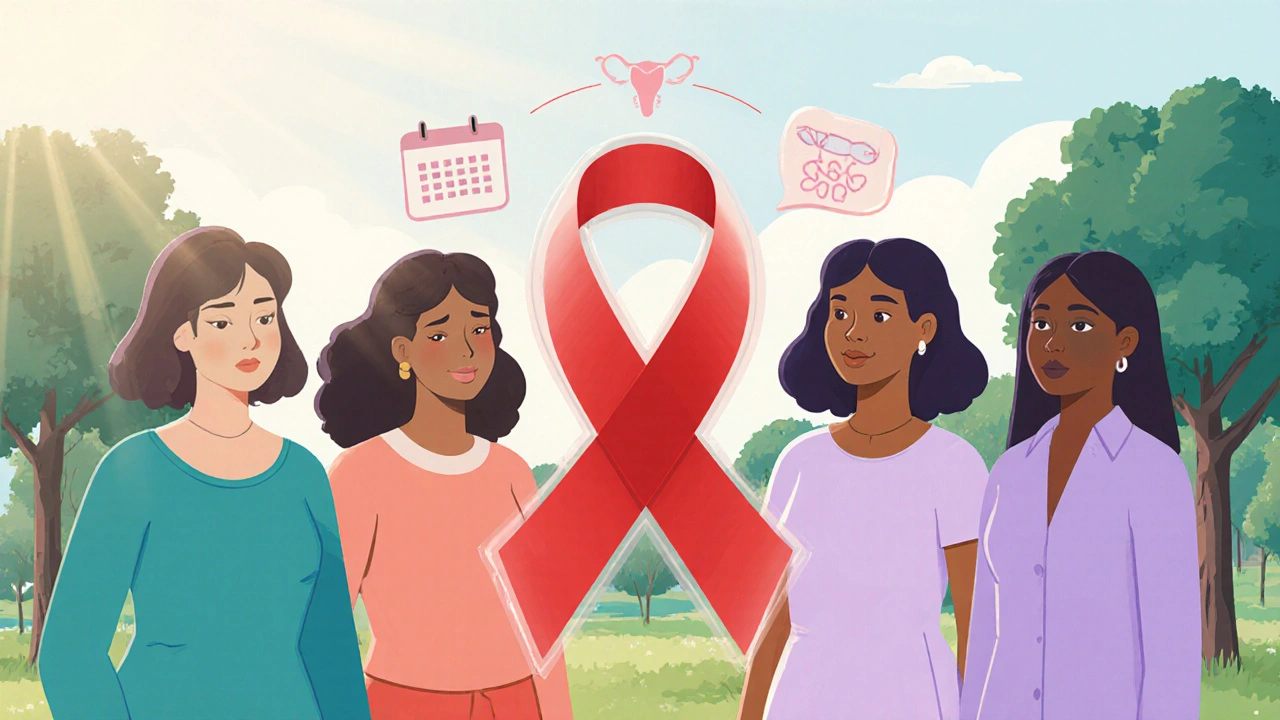
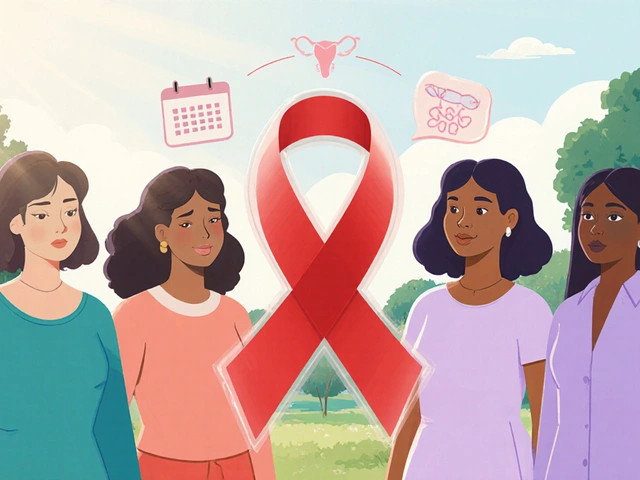

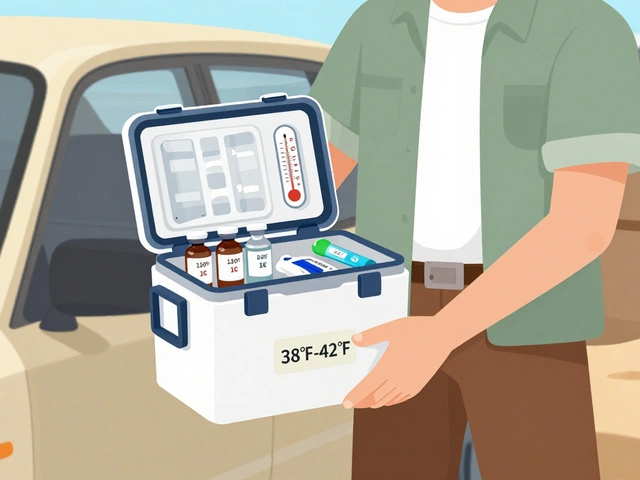

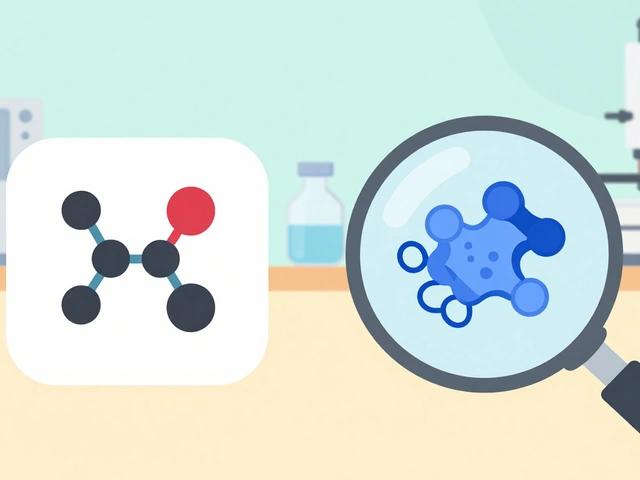

When a woman receives an HIV diagnosis, the first priority is to secure uninterrupted access to antiretroviral therapy (ART) and to connect her with gender‑sensitive care providers.
Studies have shown that integrating sexual and reproductive health services into HIV clinics boosts adherence rates by up to 30 % because patients can address contraception, pregnancy, and viral load monitoring in a single visit.
Another cornerstone is the establishment of peer‑support groups; women who share experiences in a safe environment are far more likely to stay on treatment and to disclose their status to trusted partners.
Economic empowerment programs, such as micro‑finance loans tied to clinic attendance, reduce the indirect costs that often force women to skip appointments.
Community‑led education campaigns that feature female role models dismantle stigma, turning fear into acceptance and encouraging early testing.
Addressing gender‑based violence is non‑negotiable – routine GBV screening at every HIV encounter allows clinics to offer immediate shelter and legal aid, which in turn improves viral suppression outcomes.
For pregnant women, fast‑track PMTCT services that combine prenatal care, ART initiation, and infant testing in one location have driven mother‑to‑child transmission rates below 1 % in several African nations.
On the pharmacological side, offering a menu of ART regimens, including INSTI‑based options, respects the fact that women experience side‑effects differently from men and improves long‑term adherence.
Pre‑exposure prophylaxis (PrEP) delivery through family‑planning clinics has raised uptake among at‑risk women from single digits to nearly half in pilot studies.
Digital health platforms tailored for women, with reminders, educational videos, and anonymous chat support, fill information gaps where traditional health outreach falls short.
Conditional cash transfers linked to verified clinic visits provide a modest but reliable incentive for women who must travel long distances or arrange childcare.
Training healthcare workers in gender‑sensitive communication reduces discrimination and creates a welcoming environment that encourages regular follow‑up.
Collaborations between NGOs and government agencies amplify resources, allowing for integrated services that address both medical and socio‑economic barriers.
Ultimately, a holistic approach that combines medical, economic, and psychosocial interventions delivers the strongest outcomes for women living with HIV.
By scaling these evidence‑based solutions, we can move closer to a world where gender no longer dictates health destiny.
Stay informed, stay supported, and never underestimate the power of community advocacy.
Listen up – you can’t afford to sit on the sidelines any longer; the data is crystal clear that integrated care models slash missed appointments by a third, so push your local health authority to adopt a one‑stop‑shop approach right now.
Grab a friend, hit the clinic together, and demand gender‑specific ART options – don’t accept a one‑size‑fits‑all prescription if it makes you feel worse.
Remember, every missed dose is a step back for your immune system, so set alarms, write it on a calendar, and hold yourself accountable like a coach would.
Finally, if you see any community leader flinching from the stigma battle, call them out – silence only fuels discrimination.
Biomarkers, adherence metrics, and viral load suppression – all interlinked; the synergy underpins long‑term prognosis, especially in women whose pharmacokinetics differ markedly.
Leverage mHealth platforms; push notifications, tele‑consults, and peer‑driven forums amplify engagement, reduce attrition.
The real agenda behind these “integrated clinics” is to control the population under the guise of health.
Oh great, another program that promises cash for clinic visits – because apparently the answer to staying healthy is a few extra bucks, not a real solution to systemic gender inequality.
But hey, if a little stipend gets you to your meds on time, maybe that’s a step forward, even if it feels like a band‑aid on a broken system.
Just don’t forget that true change needs more than incentives; it needs power, education, and real respect for women’s autonomy.
Enough of this global‑south whining; the United States has already mastered ART protocols and should export its standards worldwide, not wait for “community‑led” pilots that lack rigorous oversight.
The data from CDC shows that aggressive rollout of INSTI regimens cuts transmission rates dramatically, so any nation lagging behind is simply mismanaging resources.
Stop glorifying micro‑finance as a cure‑all; what women need is direct governmental funding and strong legal frameworks to eliminate GBV, not half‑baked loans.